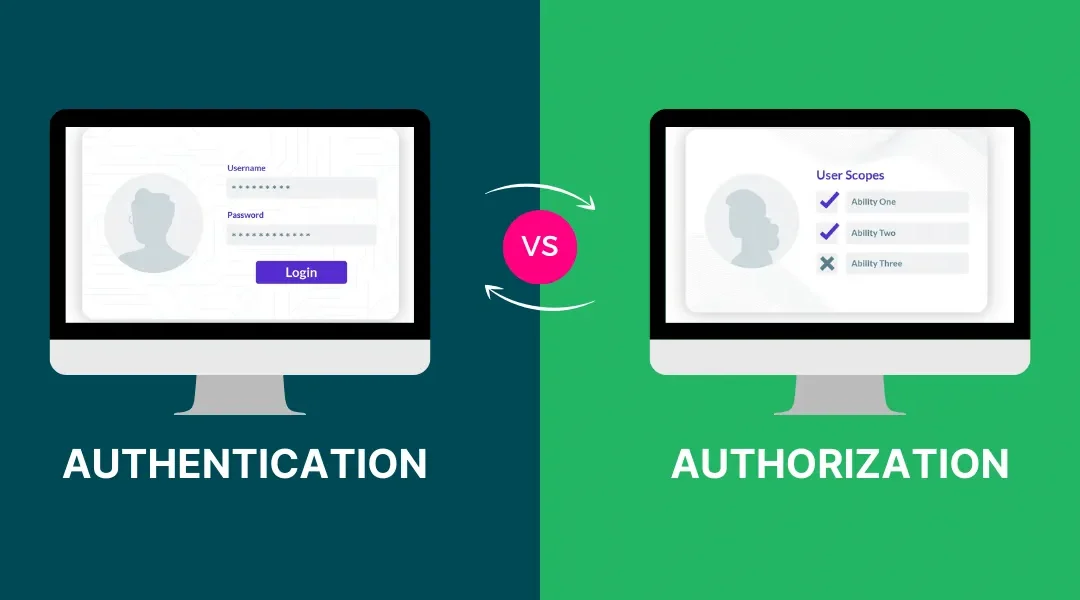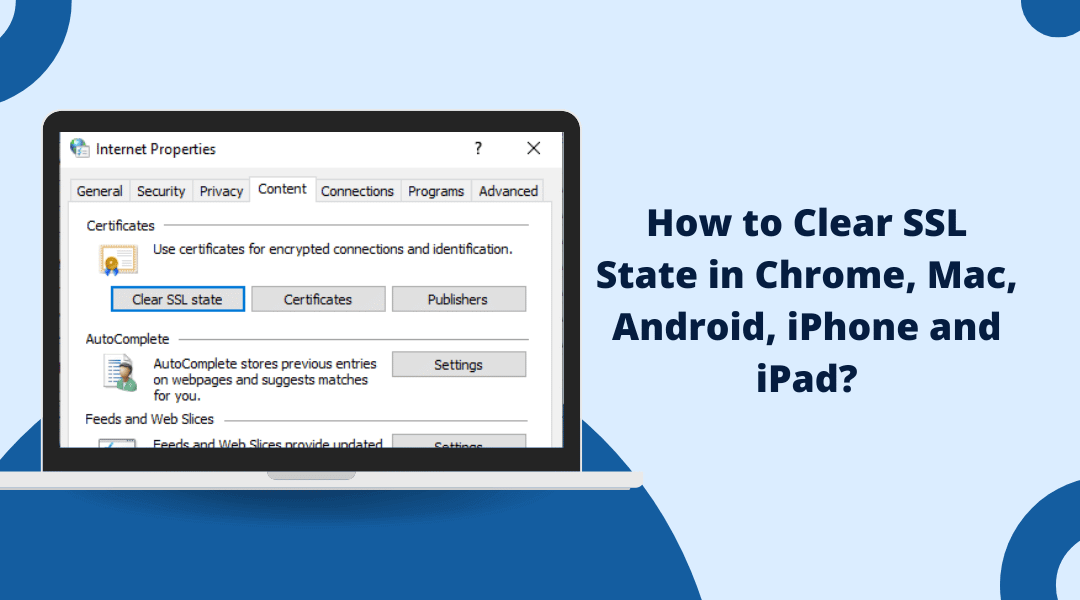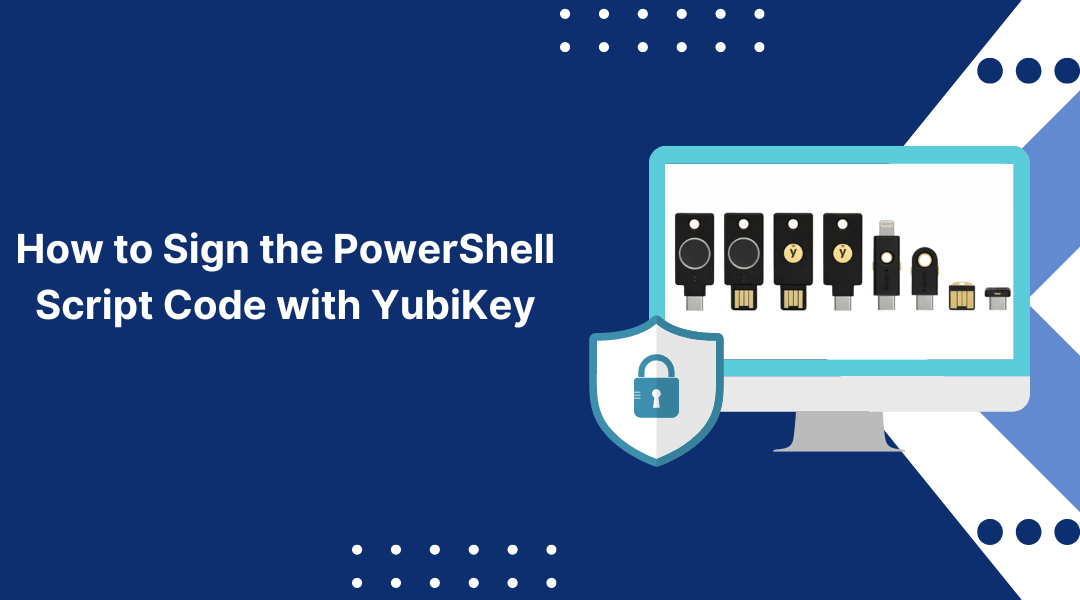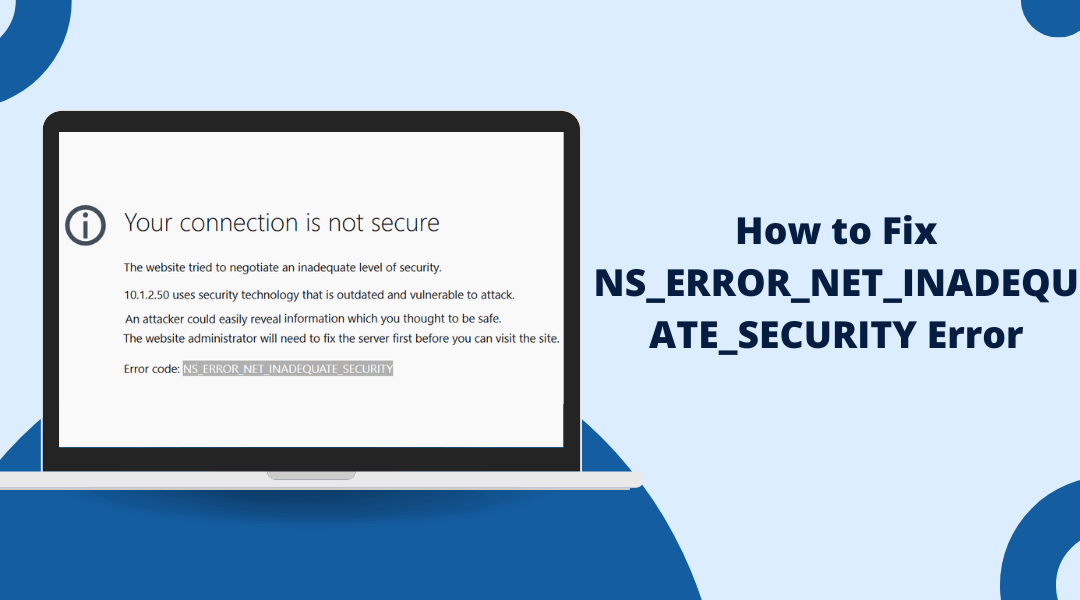Signing a Windows EXE File with Code Signing Code signing is an important process for establishing security and building trust in software. It allows users to verify the identity of the publisher and ensure that the code has not been altered or corrupted since...
Welcome to the SSLInsights Blog
Your Guide to the Latest SSL/TLS Certificate Updates
The Latest Insights on SSL/TLS Encryption and Web Security

How to Create Self-Signed SSL Certificate in Powershell
Creating Self-Signed SSL in Powershell A Self-Signed SSL certificate is signed by its creator rather than a CA. It allows you to enable HTTPS on your websites and web services to encrypt traffic. However, because a trusted authority does not sign the certificate,...

How to Create a Self-Signed Certificate in IIS?
Step By Step Guide to Setup a Self-Signed Certificate in IIS Secure Sockets Layer (SSL) and its successor Transport Layer Security (TLS) are cryptographic protocols that provide communication security over the internet. They use X.509 certificates to authenticate the...

How to Install SSL certificate on the SAP Application Server?
SAP Web Application Server SSL Installation Guide with Easy Steps Using SSL certificates to establish secure HTTPS connections to your SAP application server is crucial for data security. Installing an SSL certificate on the SAP NetWeaver app server involves...

Authentication vs Authorization: What’s the Technical Difference?
What is the Difference Between Authentication and Authorization In the world of information security, authentication and authorization are crucial concepts for protecting systems and data. Though often used together or interchangeably, they refer to distinct security...

Why Use YubiKey as a Smart Card in macOS
Getting Started with the YubiKey on macOS YubiKeys, made by Yubico, are small hardware security keys that provide robust authentication and encryption through a variety of standards and protocols. One powerful way YubiKeys can be used is as a smart card in MacOS....

Set Up YubiKey with GitHub Account: A Step-by-Step Guide
A Comprehensive Guide to Set Up Your YubiKey for Two-Factor Authentication for GitHub Security Online Security is more important than ever before. As our digital lives expand, it's crucial to secure access to our accounts and data properly. Using strong, unique...

How to Clear SSL State in Chrome, Mac, Android, iPhone and iPad?
Clear SSL State in Chrome, Mac, Android, iPhone and Ipad When you visit websites that use HTTPS protocol, your Chrome browser establishes an encrypted SSL (secure sockets layer) connection with that server to keep your browsing activity private. The SSL state refers...

Simple Steps for Signing PowerShell Script Code with YubiKey
Using a Yubikey for PowerShell CodeSigning PowerShell is a powerful automation and configuration management tool widely used by system administrators and developers. However, running untrusted PowerShell scripts can pose security risks, as malicious code could...

How to Fix NS_ERROR_NET_INADEQUATE_SECURITY Error
Steps to Resolve NS_ERROR_NET_INADEQUATE_SECURITY Error The NS_ERROR_NET_INADEQUATE_SECURITY error is a standard error message that can occur in Firefox and other Mozilla-based applications. This error indicates that the connection to the website or server you are...